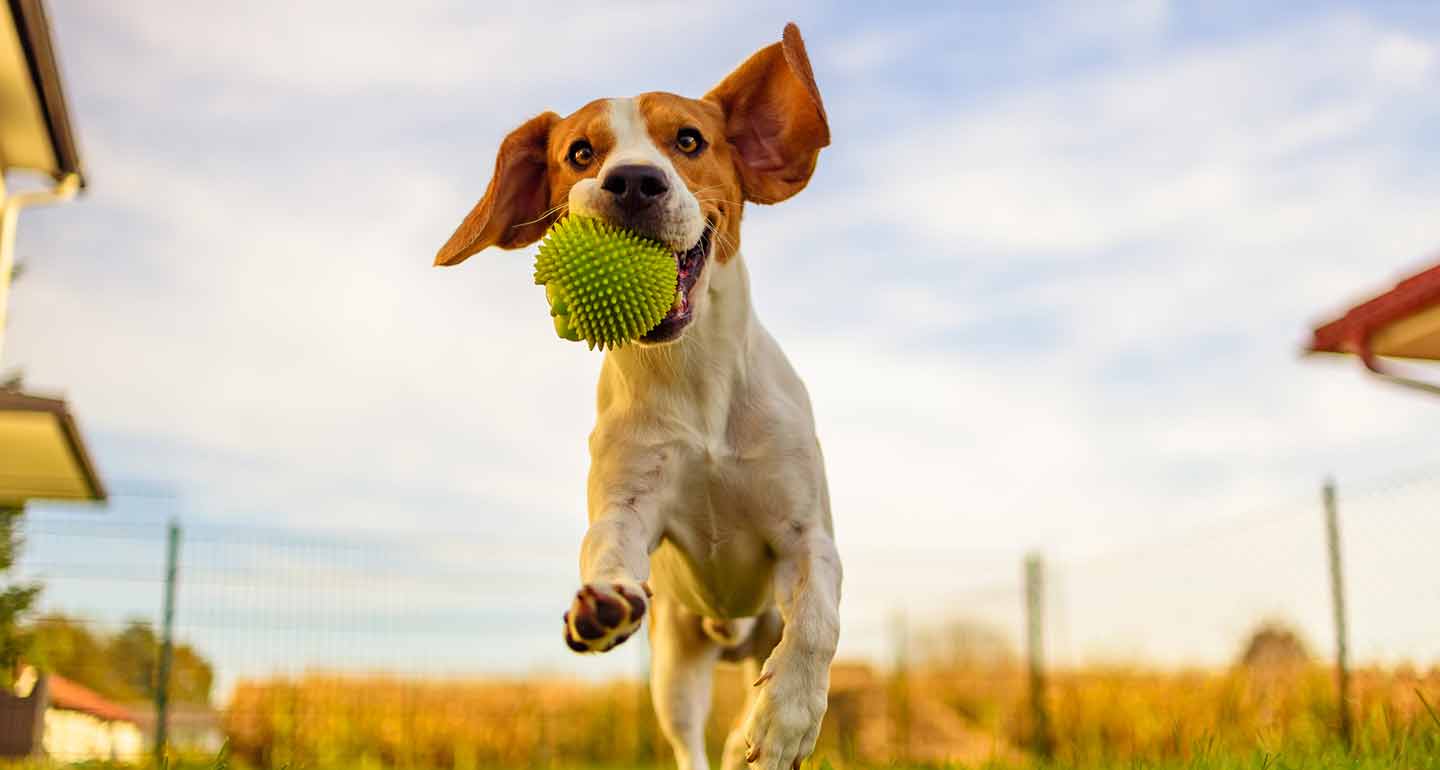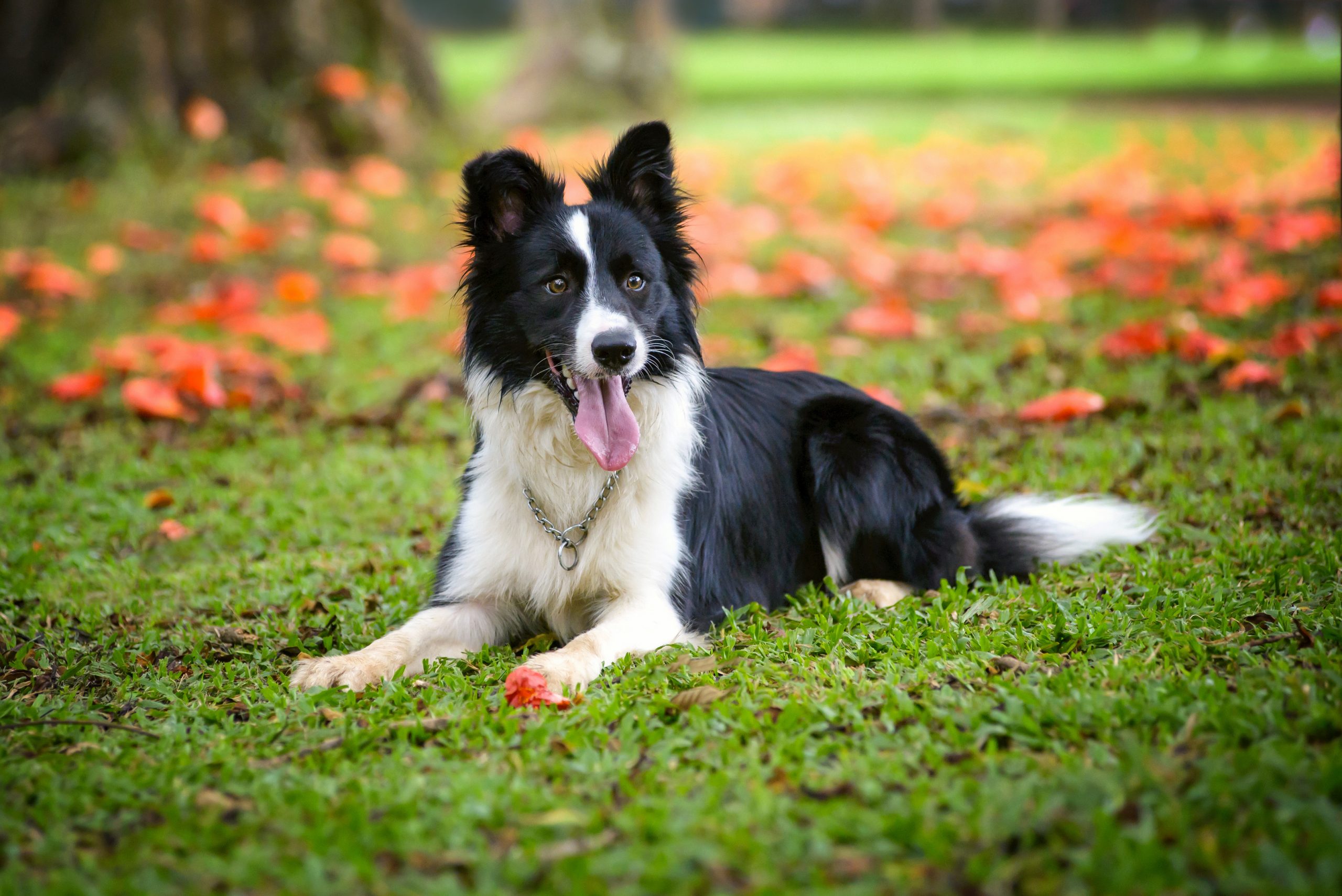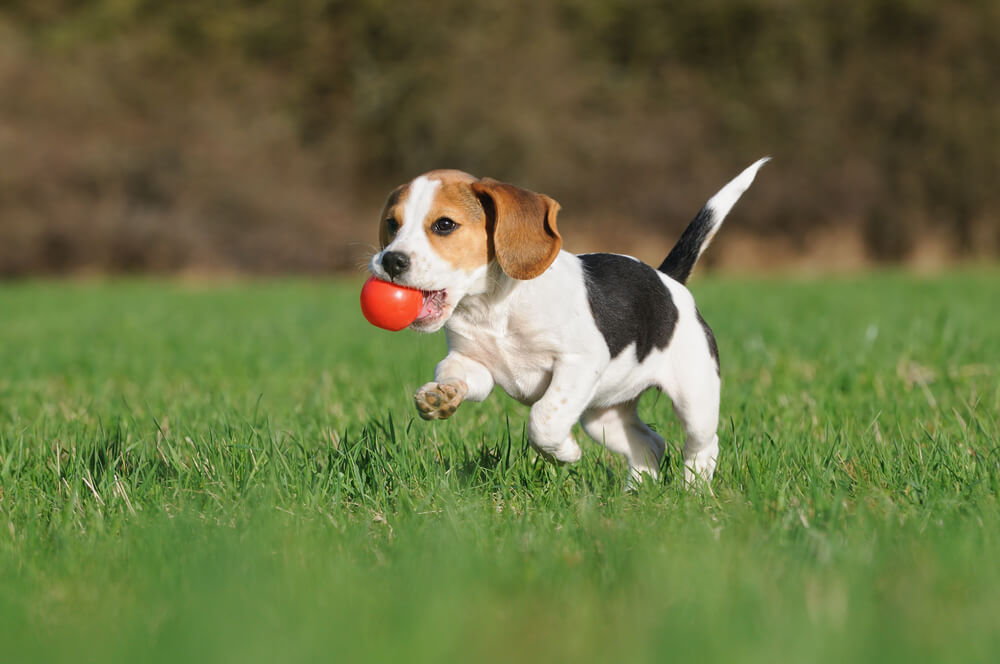How Much Exercise Does Your Dog Really Need? A Breed-by-Breed Activity Guide
How much exercise does your dog really need? Understanding your dog needs is crucial for their health. Different dog breeds have varying energy levels; some are active all day, while others prefer to lounge around. For instance, a Dalmatian may need up to two hours of activity daily. On the other hand, a Basset Hound might be content with a 30-minute stroll. Knowing these differences helps to keep your furry friend happy and fit.
The amount of exercise depends not only on the breed but also on the dog’s age, weight, and overall health. Puppies and young dogs usually need more playtime to burn off energy, while older dogs may need gentler activities. An energetic game of fetch can be perfect for an active pup. Meanwhile, a calm walk might suit an older pet better. Awareness of these factors ensures your dog gets the right amount of exercise.
While some dogs love long runs and hikes, others prefer shorter, fun activities. Dogs like Icelandic Sheepdogs, who enjoy challenges, benefit from agility training. Interestingly, dogs who don’t get enough exercise may show behavioral issues. Chewing on furniture or excess barking could mean they need more physical activity. Observing these cues helps adjust their exercise routine accordingly.
Creating a routine that involves different types of exercise can be rewarding for both owner and pet. Try alternating walking, jogging, and playing fetch throughout the week. Make a weekly plan to ensure a healthy balance of physical and mental stimulation. To keep track of activities, consider using a simple table:
| Day | Activity | Duration |
|---|---|---|
|
Monday |
1-hour walk & fetch |
60 minutes |
|
Tuesday |
Agility or obedience training |
45 minutes |
|
Wednesday |
Rest & mental stimulation |
30 minutes |
|
Thursday |
Hiking or long walk |
1-2 hours |
|
Friday |
Swimming or playtime |
45 minutes |
|
Saturday |
Socialization at a dog park |
1 hour |
| Sunday |
Light walk & indoor play |
30 minutes |
This approach ensures your dog leads an active, healthy lifestyle.
Breed-by-Breed Activity Guide
Different dog breeds have distinct exercise needs. High-energy breeds like Border Collies and Australian Shepherds need around two hours of vigorous activity every day. These dogs excel at agility and herding activities. For owners of such breeds, hiking and running sessions are ideal. Ensuring they receive sufficient exercise helps maintain their mental sharpness.
Moderate-energy breeds such as Beagles and Bulldogs require less exercise. Usually, 30 minutes to an hour of activity is sufficient for them. A mix of walking and playtime keeps them fit. These breeds can benefit from interactive games and regular outings. Pay attention to your dog’s enthusiasm to adjust their routine.
Low-energy breeds like Shih Tzus and Pugs are satisfied with shorter exercise routines. These dogs may prefer a couple of short walks coupled with indoor play. Overexerting them could lead to health issues. Take their size and stamina into account. Gentle activities like obedience training can be included.
High-Energy Breeds (1-2+ hours daily) 
Some dogs are natural athletes and require substantial exercise to stay happy and healthy. Without enough physical and mental stimulation, they may develop destructive behaviors.
- Border Collie, Australian Shepherd, Belgian Malinois – These herding breeds thrive on intense exercise, including agility training, herding exercises, and long-distance running.
- Siberian Husky, German Shepherd, Dalmatian – Known for their stamina, they require high-intensity workouts like running, hiking, and advanced training drills.
- Labrador Retriever, Golden Retriever, Vizsla – Friendly and playful, they excel with swimming, fetching, and endurance-based activities.
Best exercises: Hiking, running, agility courses, fetch, swimming, scent work.
Moderate-Energy Breeds (30 min – 1 hour daily) 
These dogs have a good balance of energy but don’t require excessive activity. They enjoy structured exercise and interactive play sessions.
- Beagle, Cocker Spaniel, Standard Poodle – These breeds benefit from daily walks, moderate play sessions, and scent-based games.
- Boxer, Weimaraner, Irish Setter – Active but not hyperactive, they thrive on jogging, interactive games, and occasional agility training.
- American Staffordshire Terrier, Portuguese Water Dog – They enjoy a mix of swimming, tug-of-war, and obedience training.
Best exercises: Walking, moderate fetch, interactive play, jogging, swimming.
Low-Energy Breeds (20-30 minutes daily) 
Some dogs are naturally more relaxed and don’t require as much exercise. While they still need daily movement, overexertion can cause health problems.
- Bulldog, Shih Tzu, Basset Hound – These breeds prefer short, relaxed walks combined with light indoor play.
- Great Dane, Saint Bernard, Mastiff – Large but often low-energy, they do best with gentle activity such as slow-paced walks.
- Pug, Chihuahua, Pomeranian – These small breeds enjoy short walks and occasional bursts of play but don’t require intense workouts.
Best exercises: Leisurely walks, indoor play, short fetch sessions, gentle stretching.
The Importance of Exercise for Dogs
Physical Benefits
Regular exercise is essential for maintaining a dog’s physical health. It helps prevent obesity, which can lead to diabetes, joint problems, and heart disease. Active dogs have stronger muscles and bones, reducing the risk of injuries and arthritis later in life.
Additionally, cardiovascular health improves with exercise, keeping the heart and lungs functioning optimally. Activities like walking, running, and swimming all contribute to a longer, healthier life.
Mental Benefits
Exercise isn’t just about burning calories—it’s crucial for mental well-being too. Dogs that don’t get enough physical activity can become bored and frustrated, leading to destructive behaviors. Engaging in play and exercise helps reduce anxiety, stress, and even depression in dogs.
Mental stimulation is just as important as physical activity. Activities like scent tracking, puzzle toys, and obedience training provide cognitive challenges that keep a dog’s mind sharp.
Signs your dog needs more exercise:
- Excessive barking or whining
- Destructive behavior (chewing, digging, tearing furniture)
- Hyperactivity or restlessness
- Weight gain
- Anxiety or excessive licking
Common Questions About Dog Exercise
1. How do I know if my dog is getting enough exercise?
You can tell if your dog receives enough exercise by observing their behavior and physical condition. A well-exercised dog will generally appear content and relaxed at home, without exhibiting signs of restlessness or destructive behavior such as chewing on furniture. They should also maintain a healthy weight, with a visibly toned physique and an apparent waist.
Additionally, your dog’s muscle tone and endurance during activities can be indicators. If they tire quickly or become sluggish, it may suggest they need more activity. Create a consistent exercise routine and adjust based on your pet’s energy levels and health. Frequent vet visits also help assess whether your dog needs changes in their exercise plan.
2. Can puppies exercise as much as adult dogs?
No, puppies require shorter, more frequent play sessions to avoid overexertion. Puppies have different exercise requirements than adult dogs. They tend to have short bursts of high energy, followed by plenty of rest. For a puppy, aim for several short, playful sessions throughout the day. Be cautious not to over-exercise them, as their bones and joints are still developing.
Incorporate gentle play and basic training exercises, focusing on fun rather than intensity. Monitor their stamina and adjust as they grow, gradually increasing activity levels to match their maturing capability. Consistent but light exercise helps build a foundation for their physical and mental development.
3. What about senior dogs or dogs with mobility issues?
Older dogs with limited mobility can greatly benefit from modified exercise routines. Gentle walks at a slower pace allow them to stay active without overexertion. Swimming is another excellent choice, offering a low-impact form of exercise that helps strengthen muscles without putting strain on their joints.
Additionally, interactive toys can stimulate their mental faculties and promote gentle physical activity. Consider exercises that emphasize stretching and balance, which can keep them limber and aid in maintaining their mobility. Regular check-ups with a vet can ensure these activities are well-suited to their health needs.
4. How can I exercise my dog indoors?
When outdoor activities aren’t possible, indoor exercises can effectively keep your dog active. Set up mini-obstacle courses using household items like chairs and cushions, which offer both physical and mental challenges. Playing games like fetch or hide-and-seek can also burn off energy within the confines of your home.
Interactive puzzle toys provide mental stimulation, keeping your dog engaged and entertained. Training sessions can dual as excellent exercise, reinforcing obedience and attention. Combining these activities can maintain a varied exercise regimen, compensating adequately for missed outdoor time.
5. What types of exercise are best for a high-energy dog?
High-energy dogs like Border Collies thrive on activities that challenge both their bodies and minds. Engaging them in agility training is highly beneficial as it offers a structured way to expend their energy. These activities not only keep them physically fit but also help enhance their problem-solving capabilities, making them happier and calmer. Other great options include frisbee and long games of fetch, which allow them to run and focus.
For variety, consider taking them on hikes where they can explore different terrains. This provides excellent physical activity and mental stimulation, offering a dual benefit. Swimming is also a fantastic full-body workout, ideal for breeds that enjoy water. By rotating these activities, you ensure your dog’s exercise routine remains exciting and challenging, catering to their energetic nature.
Tailor Exercise to Your Dog’s Needs
Understanding and meeting your dog’s exercise needs is crucial for their overall health and happiness. By considering factors such as breed, age, and health, you can create a tailored exercise regimen that keeps your pet fit and content.
For a personalized exercise guide based on your dog’s breed and age, check out this resource: How Much Exercise Does My Dog Need?
Whether you have a high-energy herding dog or a relaxed lap dog, regular activity strengthens the bond between you and your furry friend, leading to a longer, healthier life together.
Conclusion
Understanding and meeting your dog’s exercise needs are crucial for their overall health and happiness. By considering factors such as breed, age, and health, you can create a tailored exercise regimen that keeps your pet fit and content. Regular activity not only enhances their physical well-being but also improves their mental health and behavior.
Whether it’s a high-energy breed requiring vigorous activities or an older dog needing gentle exercises, each pet benefits immensely from a thoughtful approach. By staying informed and attentive, you ensure your dog’s exercise routine is both enjoyable and effective. This commitment ultimately strengthens the bond between you and your furry companion, enriching both your lives.



